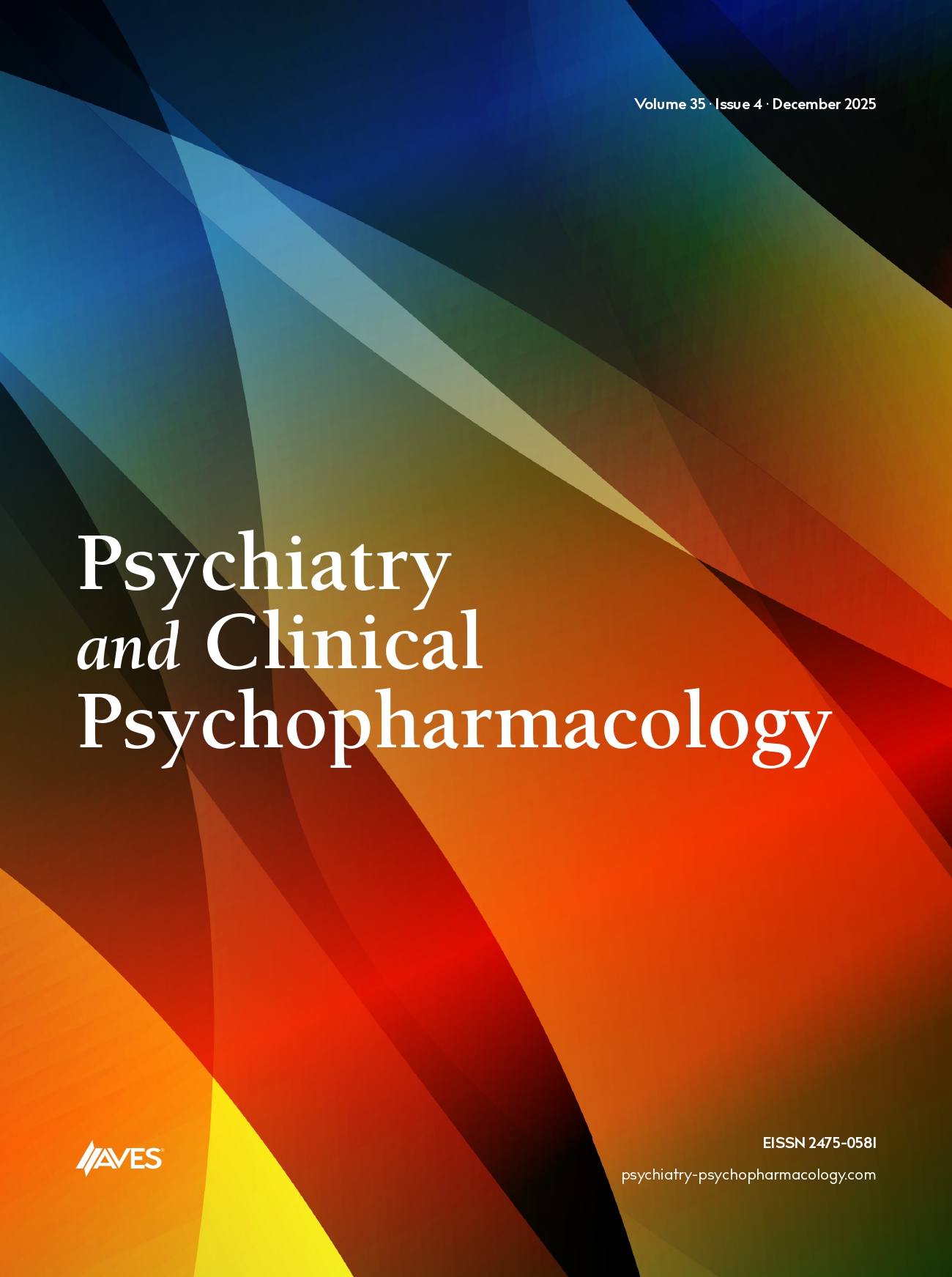Background: Rhinoplasty, performed for aesthetic and functional purposes, is among the most common cosmetic procedures worldwide. While previous studies have investigated the impact of social media and self-esteem on cosmetic surgery motivations, comparisons between aesthetic and functional rhinoplasty candidates remain limited. This study evaluates the sociodemographic, psychological, and behavioral profiles of these groups, focusing on social media use and self-esteem.
Methods: This cross-sectional study included 103 rhinoplasty candidates divided into 2 groups based on their primary motivation: functional (Group 1) or aesthetic (Group 2). Data were collected using a Sociodemographic Data Form, the Rosenberg Self-Esteem Scale (RSES), and the Bergen Social Media Addiction Scale (BSMAS). Statistical analyses included chi-square, Fisher’s exact test, and Mann–Whitney U-tests.
Results: Most participants (70.9%) sought rhinoplasty for aesthetic reasons. The median age of Group 2 (23.0) was significantly lower than that of Group 1 (29.5) (P < .001). Females and single individuals were more likely to seek aesthetic rhinoplasty (P < .001). Social media use, particularly Instagram, was significantly higher in Group 2; 53.4% spent over 3 hours daily on social media, compared to 10% in Group 1 (P < .001). Group 1 showed higher self-esteem scores than Group 2 (34.0 vs. 31.0, P < .001).
Conclusion: Aesthetic rhinoplasty is associated with a younger age, female gender, lower self-esteem, and greater social media use. These findings emphasize the need for preoperative assessments addressing psychological vulnerabilities and social media influences to improve patient satisfaction and outcomes.
Cite this article as: Gürü M, Ceylan BT. Psychological and sociodemographic insights into self-esteem and social media influence among rhinoplasty candidates. Psychiatry Clin Psychopharmacol. 2025;35(3):304-310.


.png)
.png)